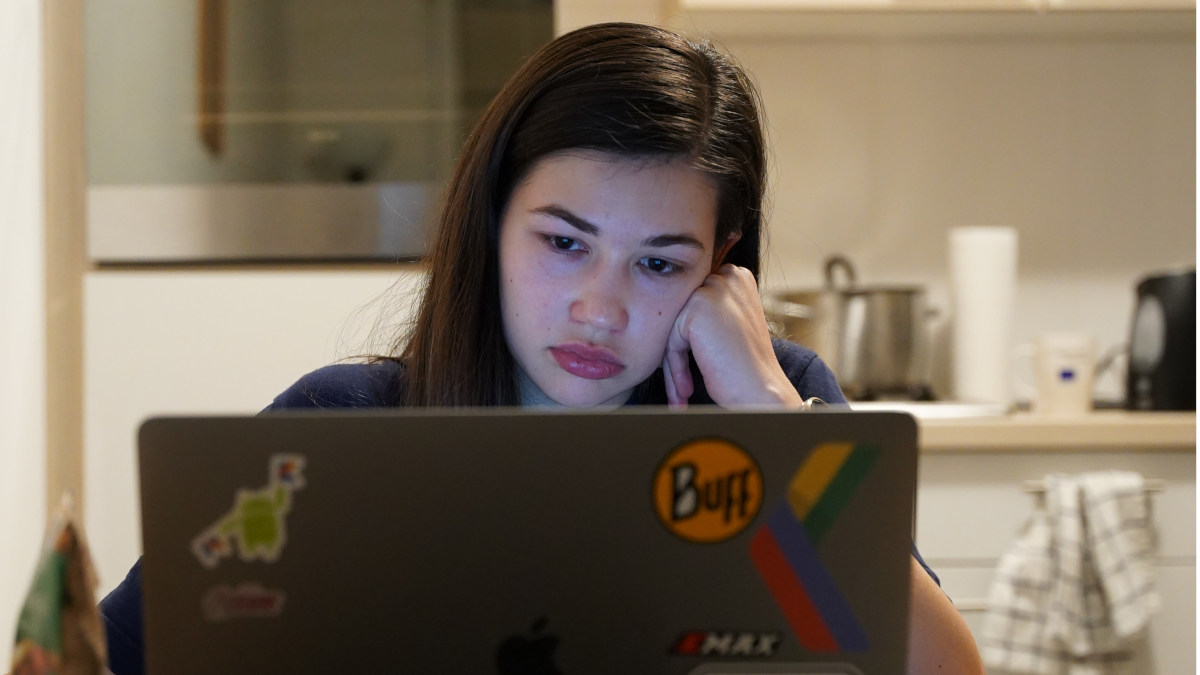Gone are the days where ‘being an influencer’ was something that you could do in your spare time
It’s now a career that one in four Gen Z’ers are considering. And it can be lucrative for those who get it right — a recent report showed that average influencer earnings per post have dramatically risen over the last few years. But it’s not the easy ride to fame that the uninformed masses might expect. Despite a perception from older generations that it isn’t a ‘real’ job, for many, it’s a career that never sleeps. With many creators present across multiple platforms, the need to be always on is greater than ever.
With this in mind, it’s unsurprising that creator burnout is prevalent.
Further, 71% of creators have considered quitting with stress coming from platform changes, unstable income, and the pressure to produce. It’s clear that a different model was needed for many to help maintain their career in the longer term – and this has led to some interesting developments.
An era of collective participation
Instead of going alone, Influencers are banding together in collectives to share the burden of the creative process, and strengthen their impact in a crowded space. Fresh thinking comes in the form of metalabels, media collectives or multi-contributor substacks that create “economic, emotional, and creative” alignment between collaborators.
Rather than competing for the same pie, creators are engaging in co-operation, “pooling their skills, audiences, and resources in support of a larger creative vision or purpose.” Or what Yancey Strickler, co-founder of Kickstarter and Metalabel described as “creativity in multiplayer mode”.
Examples of collective participation include counterculture collectivism as seen in Brooklyn-based art collective MSCHF (below), which critiques the current socio-economic situation and mainstream culture through absurdism and audience complicity, with the objective to shape culture through a nod and a wink.
Expert collaboration content, such as substacks and multi-contributor newsletters, are another key feature, with the likes of Flow State, The Dispatch and The Weekly Dish covering anything from the creation of musical playlists that help with deep thinking to US politics and current affairs. We can see here a nod to the first era of influence, with long-form, text-based content grounded in expertise, which in turn generates trust and authority.
Finally, another innovation activation is seen in those collectives that are looking to co-create for the future, shaping and informing the future of the web through action. DAOs — decentralised autonomous organisations — seek to create value and share it out to the community based on effort.
Startupy, for example, is an AI-powered search engine consisting of hundreds of intellectuals “curating and interconnecting” the best parts of the internet.
How brands can navigate the shift
For brands, it can be hard to keep up. The fragmentation of the influencer landscape means brands will have to do things slightly differently. Just as many have adapted to working with talent on a one by one basis, this new model raises more questions. If creators are naturally coalescing that helps create natural scale and impact, but how do brands manage their partnerships and maintain attribution when it’s diluted amongst many creators?
For brands there will have to be a mindset shift in how they work with collectives. There should be a natural scale in working with networks of influence, which should make any activations more impactful. However there will need to be more thought given to how to align the goals of the influencers with that of the brand. A brand will be able to create the environment for a campaign ‘drop’ to be successful, whilst being associated with it, but it will have to take a more of a facilitator role rather than front and centre.
Furthermore, brands should be prepared to cede more control of the creative output. Groups of influencers will act as collaborators and co-creation will become the norm when working with brands.
But that’s not to say there’s no benefits — there are also some exciting opportunities. These types of campaigns of the future will offer a chance to truly shape (digital) culture, create real fame and ultimately affect change for good.
Featured image: Olena Kamenetska / Unsplash

